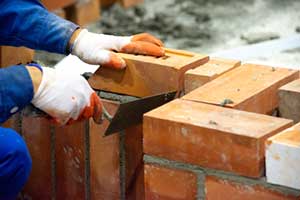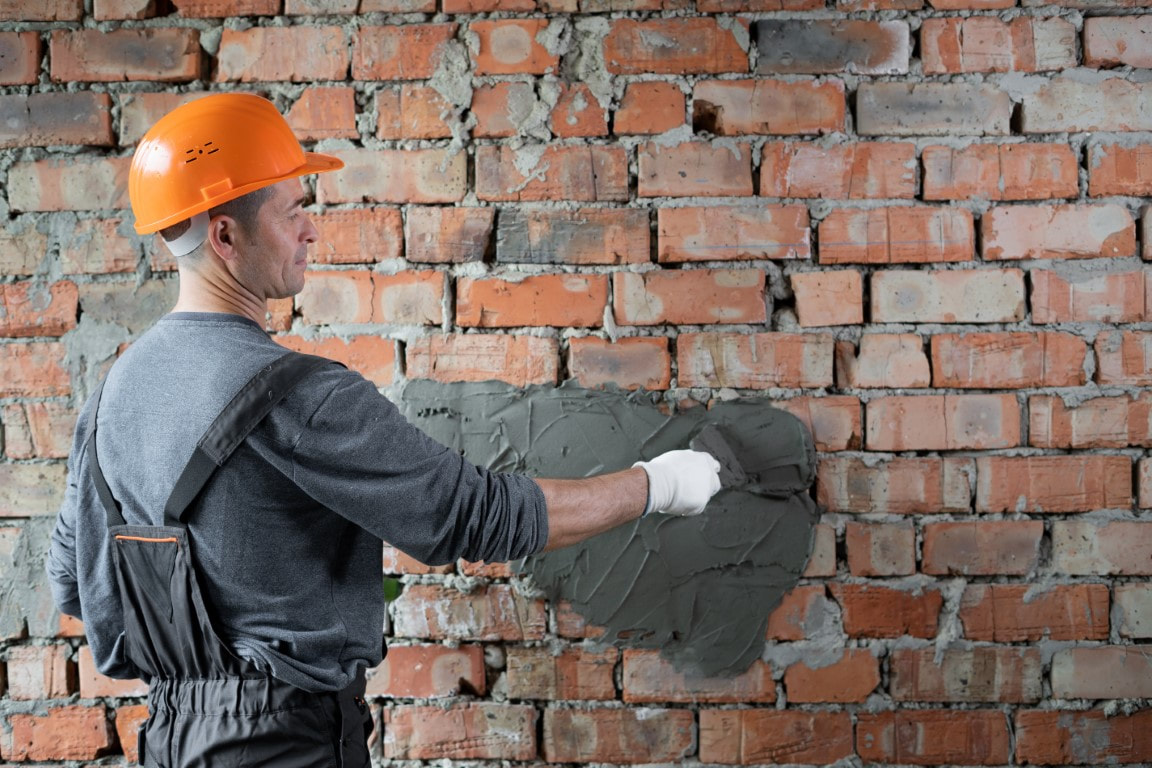Opening the Keys of Lasting Masonry Building And Construction Practices for Eco-Friendly Structures
Amongst the myriad methods to eco-friendly building, sustainable stonework building and construction stands out as a time-tested and long lasting method that holds a riches of untapped potential. From the selection of materials to cutting-edge building techniques, the secrets to attaining sustainability within stonework construction are complex and appealing.
Benefits of Sustainable Masonry Building
Welcoming lasting masonry construction methods not just lowers ecological impact yet additionally offers long-term financial advantages to contractors and neighborhoods. By using products like recycled blocks, obstructs, and rocks, contractors can dramatically lower the carbon impact of their jobs while advertising source effectiveness. Furthermore, lasting masonry construction techniques, such as correct insulation and thermal mass residential properties, can improve energy performance within structures, causing minimized functional prices in time.
Furthermore, the durability and strength of stonework frameworks add to long-term economic advantages. Buildings created utilizing lasting masonry techniques usually require much less maintenance and fixing, equating to cost financial savings for building contractors and home owners. The long life of stonework materials also makes sure that structures remain stable and secure, minimizing the requirement for frequent restorations or substitutes.
Eco-Friendly Stonework Products
Utilizing eco-friendly masonry materials is an essential step in the direction of boosting the sustainability of construction techniques and lessening environmental impact while taking full advantage of lasting economic advantages. Lasting stonework materials are sourced, produced, and utilized in a fashion that lowers total ecological effect. Lasting concrete blocks integrate recycled accumulations and might feature better insulation residential or commercial properties, contributing to power efficiency in structures.
Moreover, natural materials like adobe, rammed earth, and straw bales give superb thermal mass residential properties, minimizing the demand for home heating and cooling power. These materials are usually locally readily available, promoting local economic situations and minimizing transportation-related carbon emissions. By picking environmentally friendly masonry materials, construction jobs can considerably minimize their environmental footprint and contribute to the creation of much healthier, more sustainable developed settings.
Energy-Efficient Stonework Techniques
Energy efficiency plays a critical duty in boosting the sustainability of stonework building and construction techniques. One key energy-efficient masonry technique is the use of thermal mass, which includes integrating thick products like concrete or brick into the structure's framework to absorb and save warm.

Technologies in Sustainable Masonry
Recent advancements in sustainable stonework practices have actually brought about innovative methods that are reshaping the building and construction sector. One such advancement is the development of self-healing concrete, which makes use of bacteria embedded within the concrete to recover cracks autonomously. This development not just reduces upkeep prices however additionally enhances the resilience of stonework structures, adding to their sustainability.
One more notable advancement is using recycled aggregates in stonework building and construction - masonry contractor. By including materials such as smashed ceramic waste or recycled glass right into concrete mixes, builders can decrease the ecological impact of building and construction projects while keeping structural honesty. This practice not just diverts waste from land fills but additionally saves natural sources, making it a crucial development in sustainable masonry construction
Additionally, the combination of digital design tools, such as Structure Details Modeling (BIM), is transforming the way stonework frameworks are intended and built. reinforced cement concrete BIM permits even more specific computations, lowered product wastage, and enhanced energy performance, eventually resulting in even more sustainable building practices. These technologies jointly symbolize an encouraging future for lasting stonework building and construction in the era of environmentally friendly structures.
Future Trends in Stonework Sustainability
With the ingenious strides made in lasting stonework techniques, the future patterns in masonry sustainability are poised to further change the building industry. One of the crucial fads forming the future of masonry sustainability is the boosted assimilation of technology. Innovations such as Structure Details Modeling (BIM) and virtual reality simulations are being used to maximize stonework building procedures, causing decreased material waste and boosted power efficiency in buildings.
Furthermore, the development of novel lasting materials is established to play a substantial role in boosting the eco-friendliness of stonework construction. masonry contractor. Developments like self-healing concrete, recycled aggregates, and bio-based binders are getting grip for their ability to reduce ecological impact while maintaining structural integrity

Conclusion
Finally, sustainable masonry building methods use countless advantages for environmentally friendly buildings. By using green see page products and grand ashlar slate stamp energy-efficient techniques, masonry can contribute to a much more lasting developed setting. Developments in sustainable stonework are continually being developed to additionally boost the ecological performance of buildings. Looking towards the future, the trend of masonry sustainability is expected to expand, resulting in more eco-friendly and energy-efficient construction practices in the years to come.